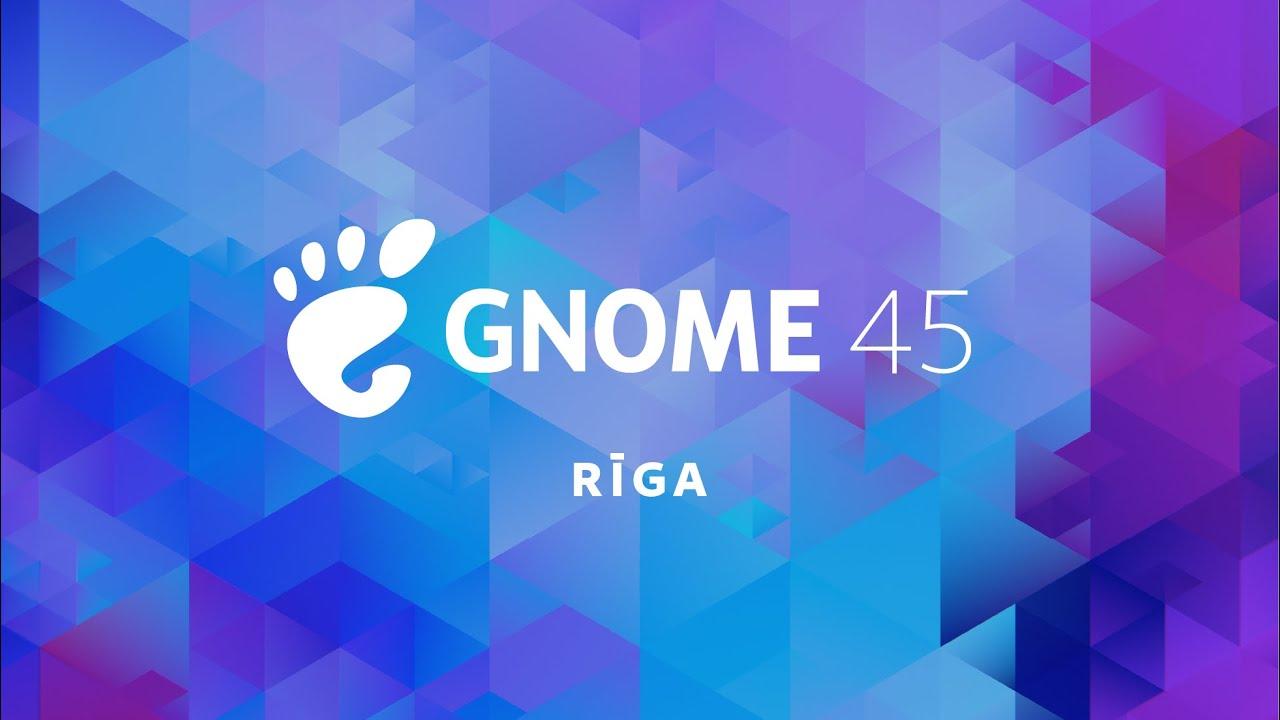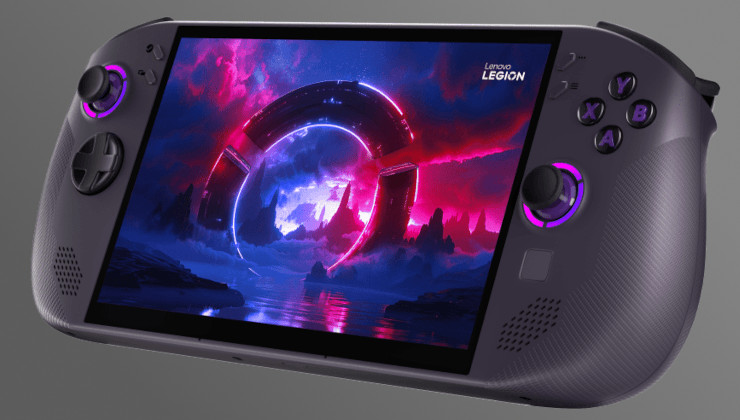GNOME 45 has just been released and overall it looks like a rather nice release for this desktop environment, so here's a short run over what's new.
One of the major changes is the replacement of the Activities corner button on the top bar with a dynamic workspace indicator. It's a small change but looks pretty sleek to give you an idea of where you are at a glance in your workspaces. They also improved search performance across a range of apps like Software, Characters, Clocks, Files, and Calculator. Another great addition is an indicator for when a camera is in use, so no more sneaky camera activations as it should be clearer when one is being used but it's only available for apps using the latest camera tech like Pipewire.

Direct Link
Some other enhancements include:
- Keyboard backlight quick setting: the quick settings menu now includes a button for controlling keyboard backlights.
- Efficient video playback and recording: when possible, GNOME will now use hardware resources when playing videos and creating screen recordings. This is faster and uses less power.
- New quick settings keyboard shortcut: you can now use the new Super+S key combination to open and close the quick settings menu.
- Updated pointer visuals: GNOME’s pointers (also known as cursors) have a great new look for GNOME 45.
- Light system style: GNOME has a new option to give the system a light interface style, as opposed to the default dark look. This can be enabled using an extension or from the command line with:
gsettings set org.gnome.desktop.interface color-scheme prefer-light
Further integration is being investigated for future releases.- New wallpapers: two beautiful new images were added to GNOME’s collection of backgrounds.
- Wayland support for Input Leap: this provides a software implementation of KVM-switch like functionality, allowing multiple computers to be controlled from a single keyboard and mouse. GNOME 45 allows this software to be used with modern Wayland sessions.
- Smoother pointer movement: performance improvements mean that the pointer will move smoothly even when the computer is busy.
That last one above may sound familiar, as it's something the KDE team also focused on recently. Having a smooth desktop under load is quite essential!
Of course there's plenty more — check it out on their release notes.
When you get it all depends on what distribution you're on, as they all have different release schedules.
The workarounds seemed reasonable at first, but today I wanted to play some Baldur's Gate 3 and the in-game mouse pointer was gone due to the workarounds needed to make it work on the desktop. I ended up reverting to GNOME 44.5 for the time being. Not sure how they could release 45 with that bug. Maybe it doesn't affect many systems or something but for me it turned out to be unusuble in this state.
Looking forward to trying again as soon as that bug is resolved.
I seem to recall they made breaking changes for the extensions; hopefully most of them are updated quickly.
It's the one thing I hate about Gnome, each update invariably breaks user extensions. I will try and wait awhile before updating.
I seem to recall they made breaking changes for the extensions; hopefully most of them are updated quickly.
Not again... :(
I've developed the twitchlive-extension. I wish I never did, with all the hassle extension development gets you.
I seem to recall they made breaking changes for the extensions; hopefully most of them are updated quickly.
Not again... :(
I've developed the twitchlive-extension. I wish I never did, with all the hassle extension development gets you.
As a silly amateur dabbling in PyGObject, this extension business is pretty confusing to me. I mean, AFAIK an 'extension' is just a GTK application that talks to/listens on various DBus interfaces; so --
- Why do extensions need to be in JS, when JS is a 'glue language' between functions from the GLib/GIO/GObject libraries? Different languages have varying levels of coverage -- but the actual work is done by the compiled libraries anyway.
- What exactly is GNOME's problem of the 'missing extension API'? Is it that the DBus interfaces are left incomplete & undocumented? I suspect that this is the root problem; but that's a problem that has a much wider scope than shell extensions. Linux desktops have the IPC technology to make all manner of desktop applications extensible (send messages to each other, listen on each other's events & do whatever in response, etc.) -- but the developer resources are lacking to properly expose & document functions.
& utterly silly quarrels with respect to customizability/themability cast a shadow on this more fundamental lack -- I mean, it's a related debate (which aspects of the app do you open up for public tinkering); but unlike theming & ornamentation (?!) scriptability concerns an app's function, so the ways in which it's useful.
... the supposedly dumbed-down, locked-down MacOS system has always pioneered gui app scriptability, by the way. That's one thing I wish Linux desktops emulated from MacOS, as opposed to the rounded corners.
I’ll just wait for Fedora 39 to come out, many of the inevitable bugs should be sorted by then. Good times!
[though maybe a month or so after 39 comes out. The 37 to 38 upgrade wasn't as smooth as the preceding couple.]









 How to set, change and reset your SteamOS / Steam Deck desktop sudo password
How to set, change and reset your SteamOS / Steam Deck desktop sudo password How to set up Decky Loader on Steam Deck / SteamOS for easy plugins
How to set up Decky Loader on Steam Deck / SteamOS for easy plugins
See more from me